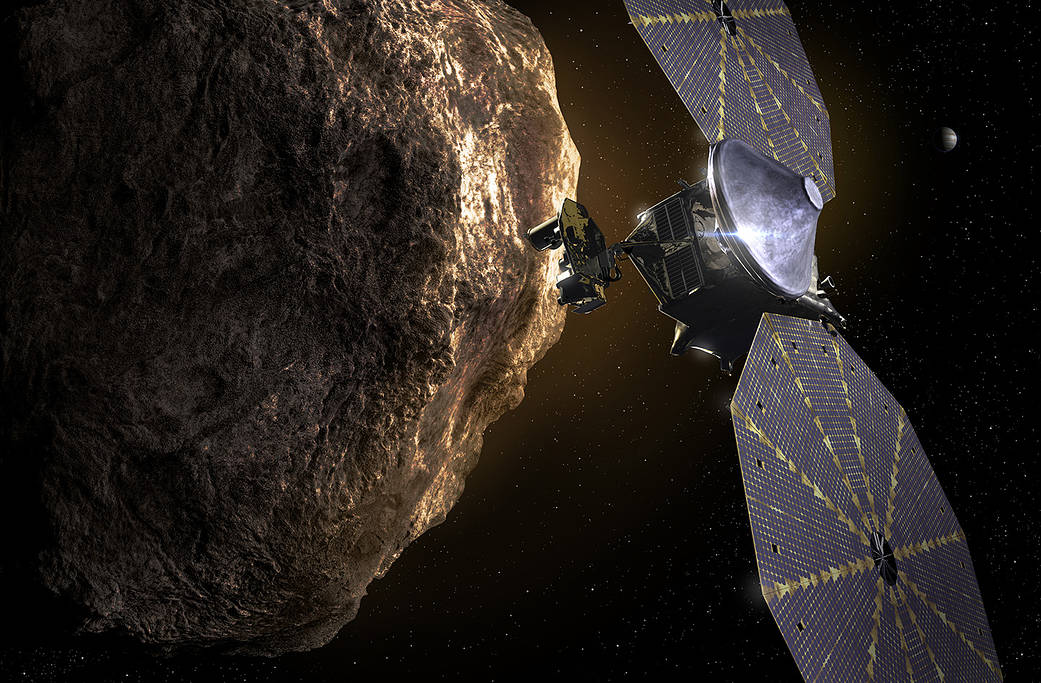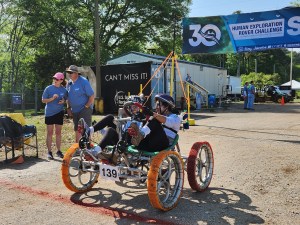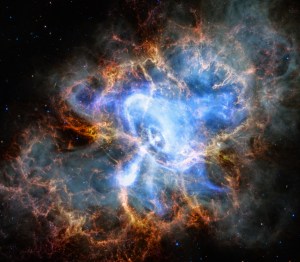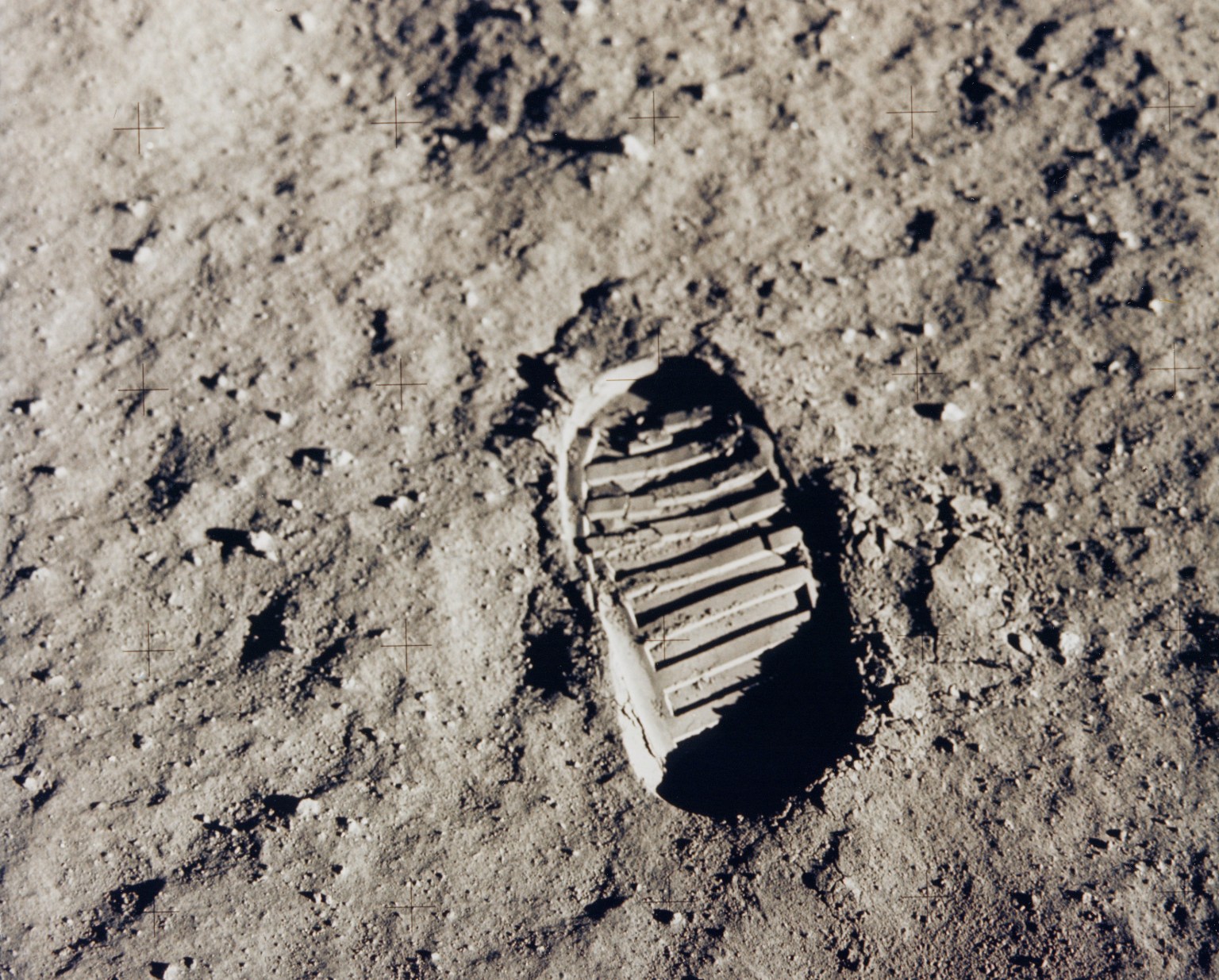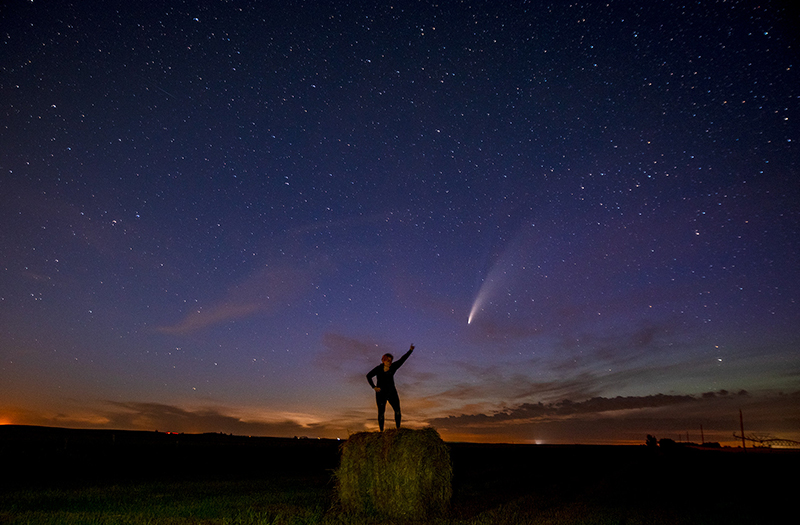Kicking off the one-year countdown to the launch of NASA’s Lucy mission, middle and high school students in U.S. public, private and home schools can enter the Lucy in Space contest starting today. Public health conditions permitting, first place winners will receive invitations to see the spacecraft launch from Cape Canaveral Air Force Station in Florida. Lucy’s launch window is open from October 16 to November 5, 2021.
The Lucy in Space contest challenges students to bridge the human drive for discovery and exploration of our Earth origins to solar system exploration. The contest is part of NASA’s efforts to engage students in this solar system STEM enterprise of exploration to inspire interest in science, technology, engineering and mathematics.
The Lucy mission will make history as the first space mission to study the Trojan asteroids, a population of small bodies orbiting the Sun “leading” and “trailing” Jupiter, at the same distance from the Sun as the gas giant.
The mission is named for “Lucy,” the 3.2 million-year-old fossil skeleton discovered in Ethiopia in 1974 by Donald Johanson. Lucy’s species, Australopithecus afarensis, is believed to be one of our earliest human ancestors. Similarly, Trojan asteroids promise to help us better understand the earliest origins of our solar system. Johanson is the founding director of Arizona State University’s Institute for Human Origins (IHO), one of the foremost research organizations in the world devoted to the science of human origins, and a co-sponsor of the contest.
Middle and high school students in the U.S. can submit creative artwork or videos, along with essays, to explore the connection of ideas and methods of science across a broad spectrum of fields of study — biology, Earth science, astrobiology, space exploration, and planetary science. Students will focus on the connection between what the Lucy fossil taught us about our human origins and what we hope to learn from the Trojan asteroids about the solar system’s origins.
“Just as the Lucy fossil provided unique insights into humanity’s evolution, the Lucy Mission promises to revolutionize our knowledge of planetary origins and the formation of the solar system,” said Lucy Principal Investigator, Hal Levison, at the Southwest Research Institute.
Contest Details
Middle school students will design a “mission patch” showing how the process of evolution on Earth may parallel the evolution of the solar system and explain the patch design with a poem or short essay.
High school students will create a message to any future finders of the Lucy spacecraft, which will likely orbit the sun for more than one million years and could be recovered by our descendants in the distant future. The message, in the form of original artwork or short video and an essay or poem, should highlight humankind’s drive to explore, discover, and understand our origins on Earth and in the solar system. Entries should emphasize the connection between the discovery of the Lucy fossil and NASA’s Lucy space mission.
“We’re excited to engage and inspire students across the country,” said Adriana Ocampo, Lucy Program Executive at NASA Headquarters. “This contest is a perfect opportunity for our nation’s youth to get involved and be part of the Lucy mission.”
The first, second and third place entries in each category will be featured on a NASA website with the top 10 entries in each category featured on the AskAnAnthropologist.asu.edu website.
In addition to receiving an invitation to attend the launch in Florida, first place winners will receive virtual visits to their school by Johanson, discoverer of the Lucy fossil, and Levison, Lucy’s Principal Investigator (The winners/teachers will be responsible for costs to attend the Launch).
The contest runs through March 16, 2021, with winners announced in May 2021.
Full contest rules and entry details can be found at LucyinSpace.asu.edu.
The Lucy in Space contest is part of an educational and outreach partnership under a Space Act Agreement between NASA and the Arizona State University School of Earth and Space Exploration. The contest is led by IHO through the AskAnAnthropologist.asu.edu and AskAnEarthSpaceScientist.asu.edu websites.
Support is also provided by NASA’s Lucy Student Pipeline Accelerator and Competency Enabler (L’SPACE) Program, a free, online, interactive workforce development program open to STEM undergraduate students interested in pursuing a career with NASA or with other organizations involved in exploration.
Southwest Research Institute in Boulder, Colorado, is the principal investigator institution for Lucy. NASA Goddard Space Flight Center in Greenbelt, Maryland provides overall mission management, systems engineering, and safety and mission assurance. Lockheed Martin Space Systems in Denver is building the spacecraft.
For more information on the Lucy mission, go to:
https://www.nasa.gov/lucy
and
http://lucy.swri.edu
-end-
Grey Hautaluoma / Alana Johnson
Headquarters, Washington
202-358-0668 / 202-358-1501
grey.hautaluoma-1@nasa.gov / alana.r.johnson@nasa.gov
Nancy Neal-Jones
Goddard Space Flight Center, Greenbelt, Maryland
301-286-0039
nancy.n.jones@nasa.gov





























